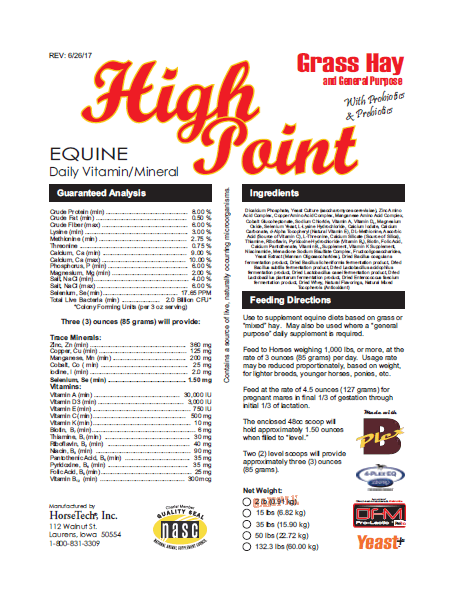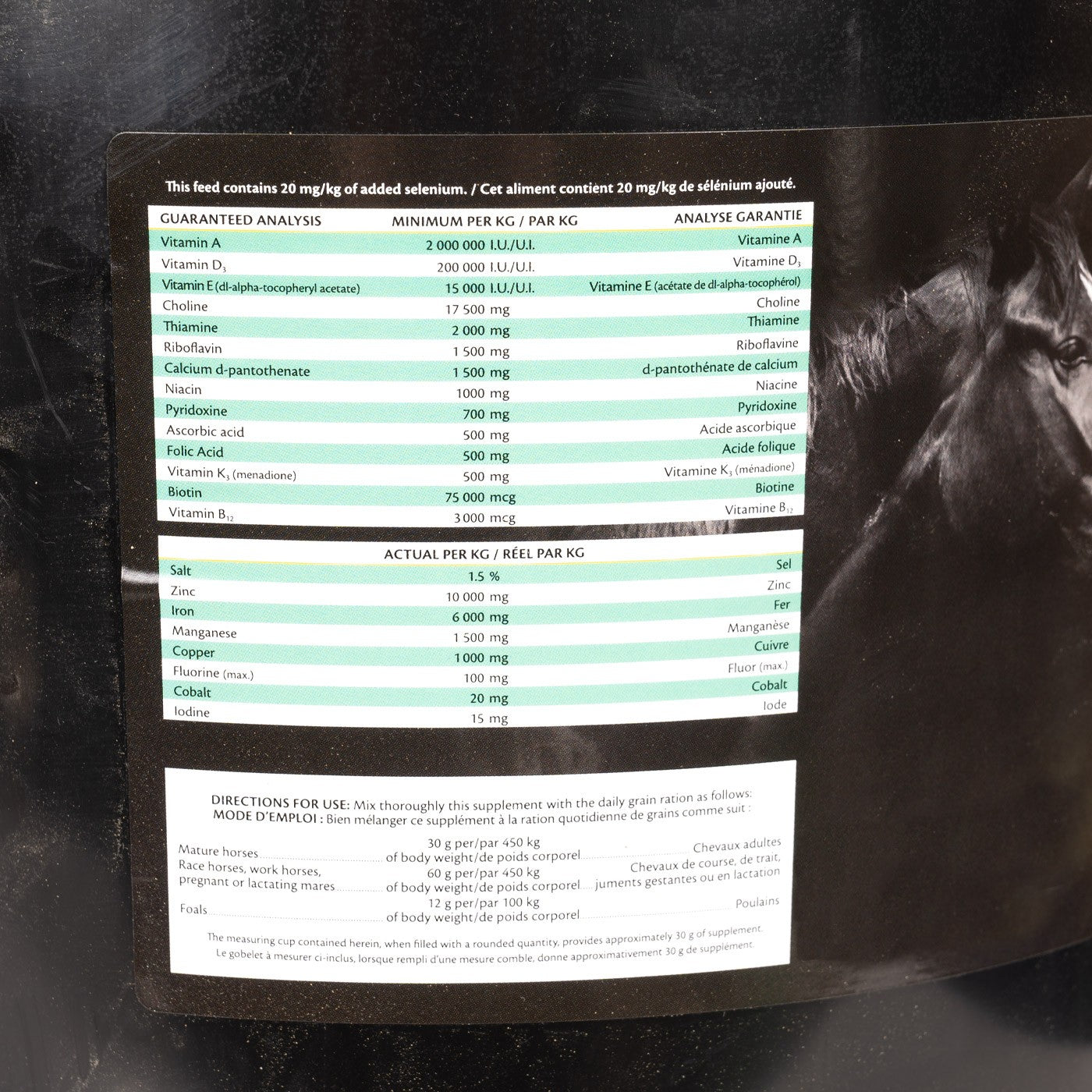Equine Nutrition Labels: Reading Ingredient Lists for Your Horse

Understanding the ingredient list on your horse’s feed label is crucial for ensuring optimal health and performance. This guide will help you decode these labels, highlighting key components and what they mean for your horse’s diet.
Why Ingredient Lists Matter
Ingredient lists reveal what exactly is in your horse’s feed. Knowing these ingredients helps you:
- Avoid allergens or harmful substances
- Ensure balanced nutrition tailored to your horse’s needs
- Compare different feeds effectively
Key Components to Look For
| Ingredient Type | Description | Importance for Horses |
|---|---|---|
| Forages | Hay, alfalfa, grass pellets | Primary fiber source, essential for digestion |
| Grains | Oats, barley, corn | Provide energy through carbohydrates |
| Protein Sources | Soybean meal, linseed meal | Support muscle repair and growth |
| Vitamins & Minerals | Calcium, phosphorus, salt, vitamins A, D, E | Vital for metabolic functions and bone health |
| Additives | Probiotics, enzymes, preservatives | Enhance digestion and feed preservation |
How to Read the List
- Ingredients are listed in descending order by weight.
- The first few ingredients make up the bulk of the feed.
- Look for familiar, natural ingredients rather than fillers or artificial additives.
Common Terms Explained
- Crude Protein: Total protein content, important for muscle maintenance.
- Crude Fiber: Measures indigestible fiber, crucial for gut health.
- NDF (Neutral Detergent Fiber): Indicates total fiber content.
- ADF (Acid Detergent Fiber): Reflects less digestible fiber.
Tips for Choosing the Right Feed
- Match the feed to your horse’s age, workload, and health status.
- Avoid feeds with excessive fillers like molasses or unnecessary sugars.
- Consult your veterinarian or equine nutritionist for personalized advice.
FAQ
Q: Can I feed my horse any grain listed on the label?
A: Not all grains are suitable for every horse. Some may cause allergies or digestive issues.
Q: What if the label lists “by-products”?
A: By-products can be nutritious but vary widely; research or consult an expert.
Q: How often should I check the ingredient list?
A: Always check before purchasing, as formulations can change.
By understanding and carefully reading equine nutrition labels, you can make informed decisions that promote your horse’s health and well-being.
